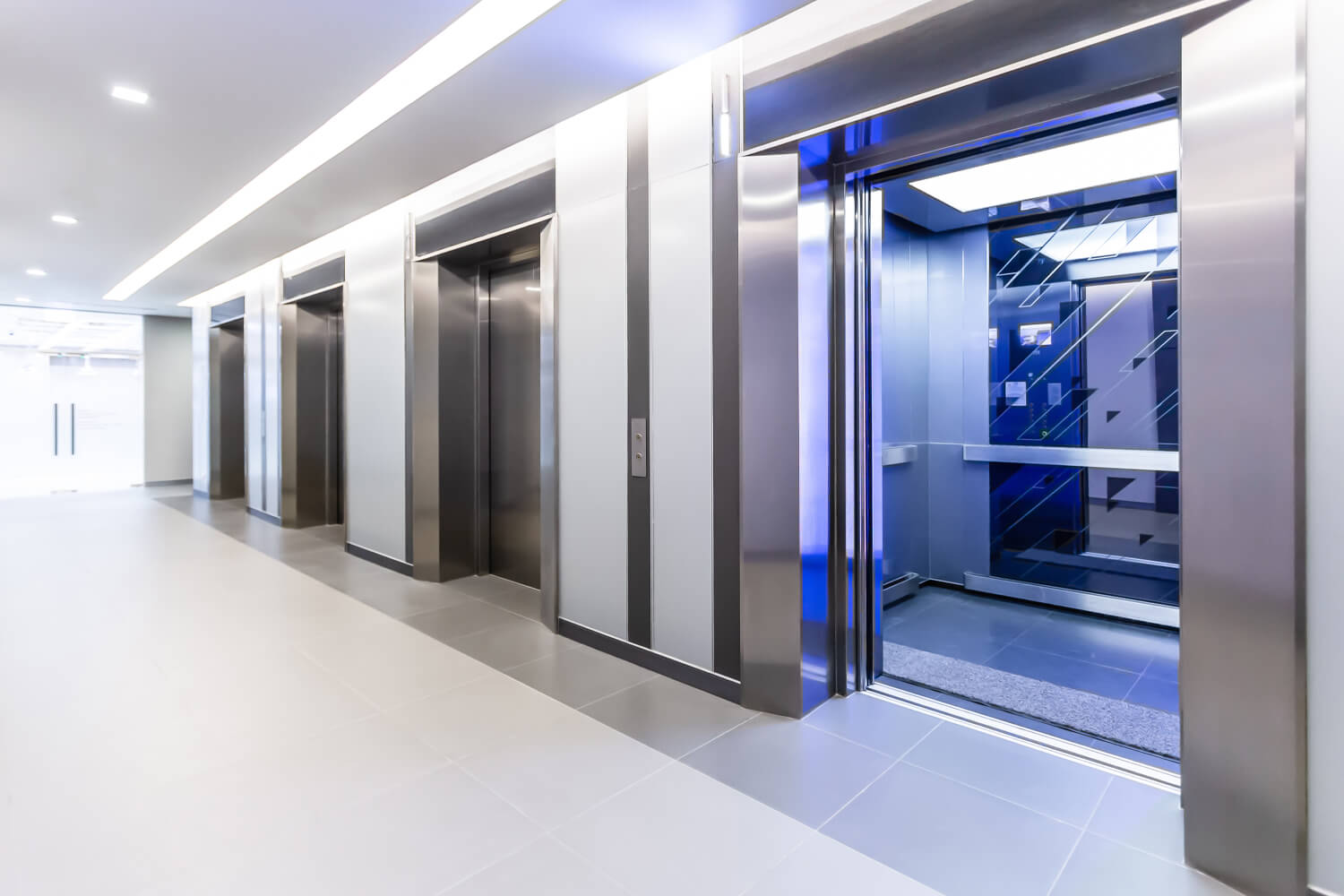Many people still harbor an ingrained fear of elevators. This phobia is understandable, as elevators may appear dangerous and unpredictable, capable of becoming stuck or falling dozens of floors at any time. In reality, modern elevator safety features make accidents and malfunctions extremely uncommon.
Read on to learn about the latest advancements in elevator safety. If you want to upgrade your system, contact ELEVATE Monitor to learn more about our 24/7 two-way elevator monitoring service.
1. Emergency Braking Systems
Many passengers fear the elevator breaking loose from its cable and plummeting to the ground. Thankfully, modern systems include emergency mechanical brakes, which use friction to stop the car when they detect overspeeding.
2. Door Interlock Mechanisms
Another common fear is that the doors will open during the ride, potentially causing a passenger to fall out. Interlock mechanisms prevent this from happening. They stop the car from moving until the doors are safely shut.
Likewise, the doors will not close on a person’s limb or crush an object. They include sensors that stop them from shutting when they detect an object in their path.
3. Backup Power Supply
If an elevator were to lose power completely, it wouldn’t be able to function. That’s why modern elevator safety features include backup power supplies. These allow an elevator to continue moving when a building’s power goes out, decreasing the likelihood of someone becoming stuck in the car.
4. Overload Sensors
Elevators are legally required to display the maximum weight capacity. But what happens if the passengers exceed that weight?
Overload sensors prevent the elevator from moving if it is above maximum capacity. A warning indicator flashes, letting passengers know the car is too heavy. This protects passengers and the mechanisms, which could become damaged if the weight limit is exceeded.
5. Speed Governors
Like emergency braking systems, speed governors prevent elevators from exceeding their speed limits. This safety feature kicks in if the car begins descending at high speed, activating a safety mechanism that stops the system.
The future of elevators looks even brighter for those concerned about safety and reliability.
6. Alarm and Communication Systems
Two-way communication systems are legally required in elevators across the U.S. These enable patrons to call for help in the event of a malfunction. They can speak with an operator at any time and request emergency services or other types of assistance.
Additionally, modern elevators include alarm buttons patrons can press when they need assistance. This would sound like a beep or siren that would alert individuals nearby of the malfunction. This feature, combined with the two-way communication system, means a person should never become stranded in an elevator car without a method of seeking help.
We Can Equip Your Elevators With Modern Safety Features
At ELEVATE Monitoring, we help businesses implement elevator safety features, like our two-way video monitoring system with 24/7 availability. Contact us today at 877-990-9191 to explore our products, then learn more about elevator security standards.


